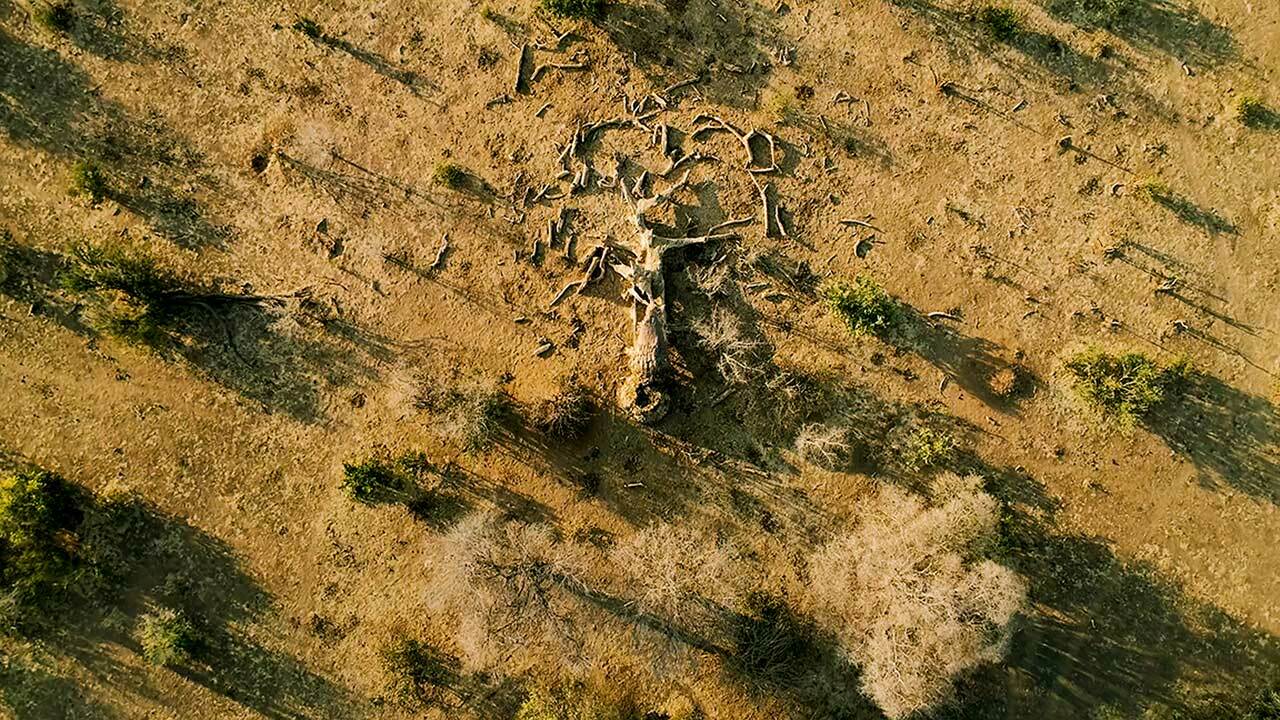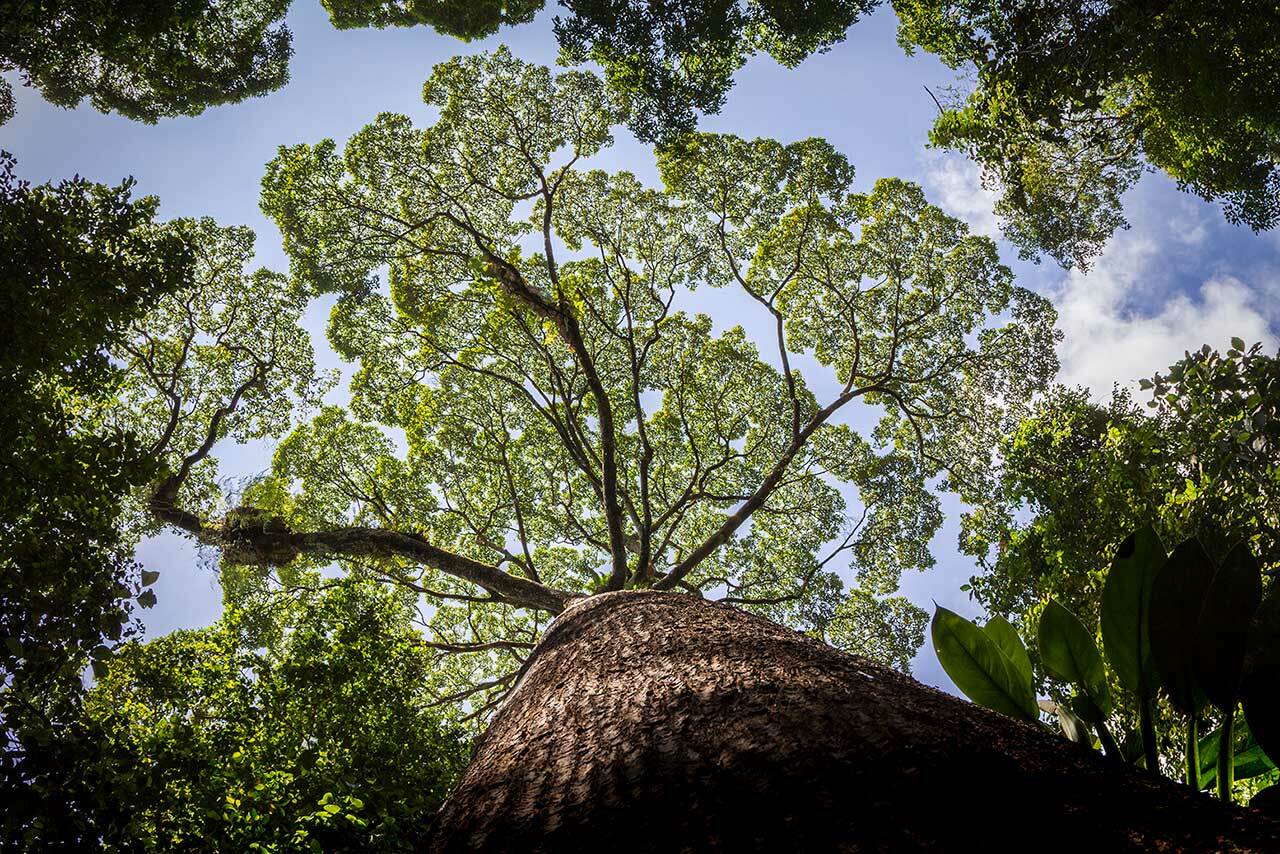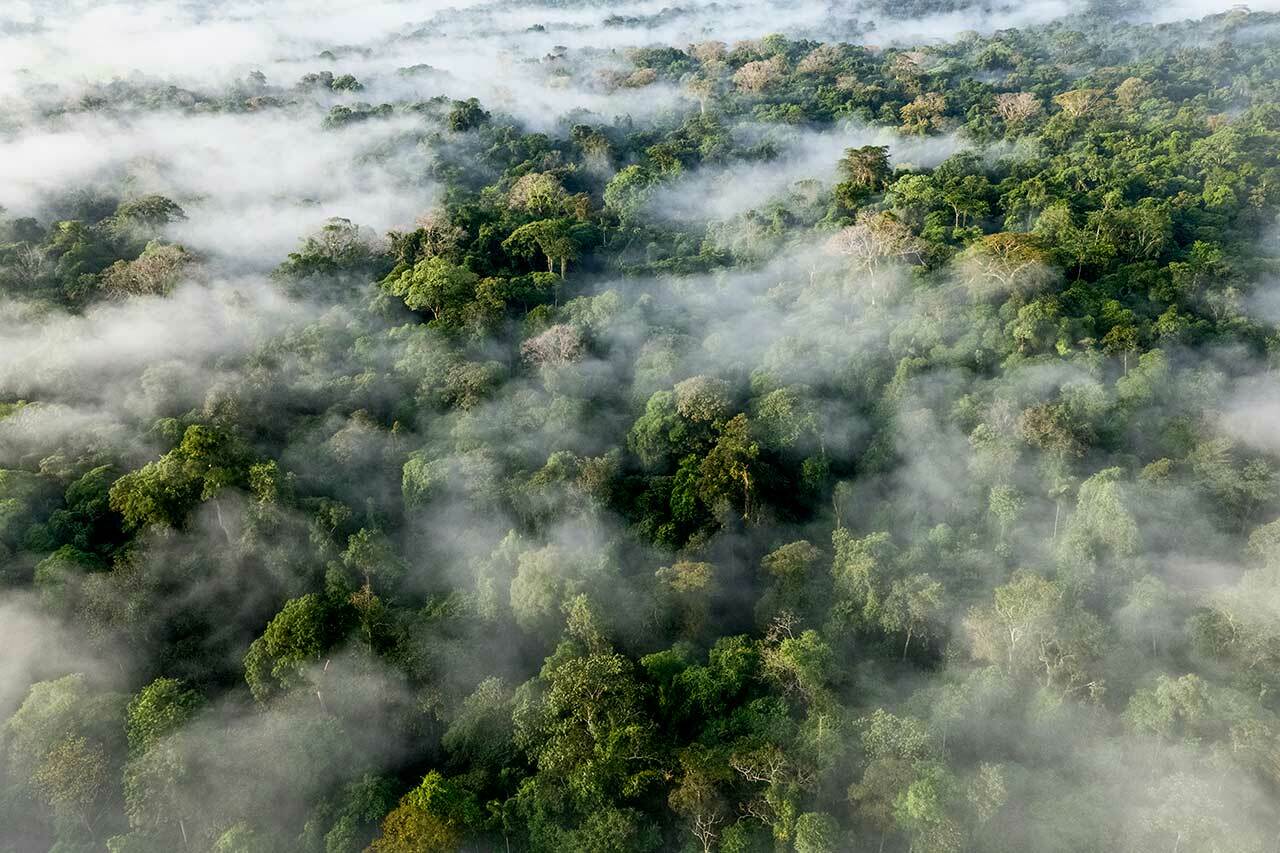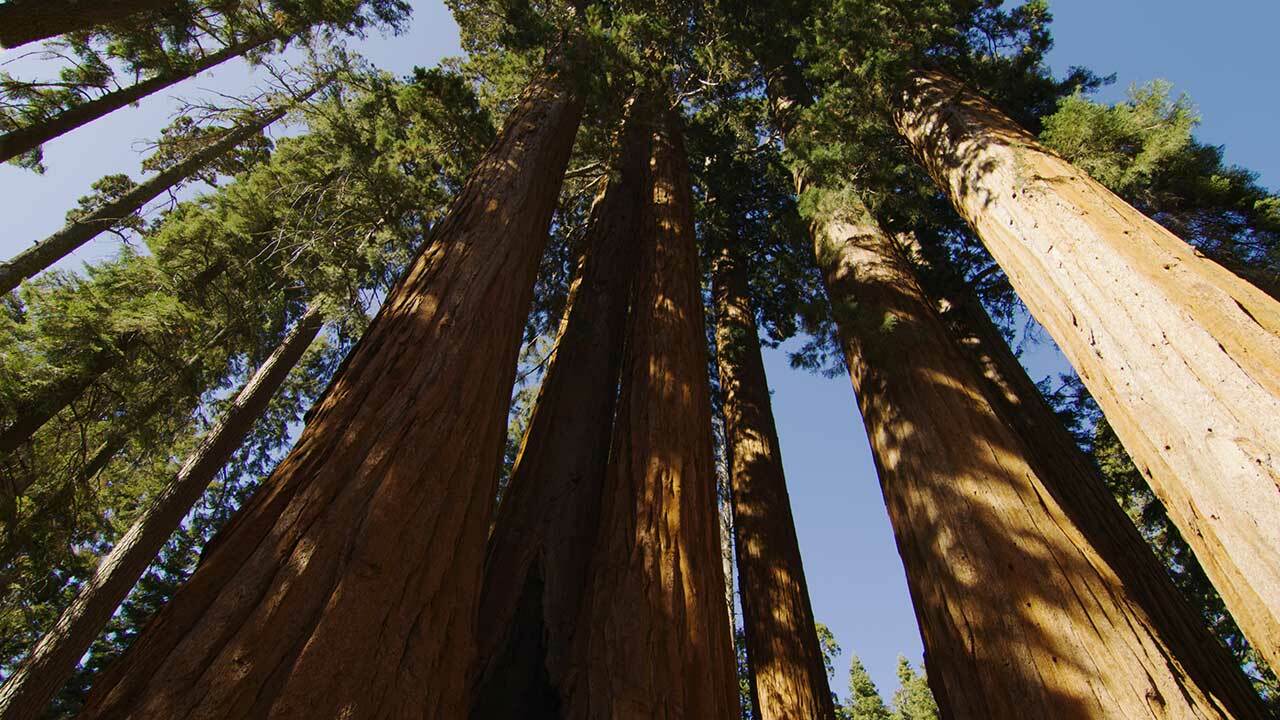
Plants may sometimes seem to be a mundane part of everyday life, but they are actually vital to all life on Earth. They provide food and shelter for animals, and they help purify the air we breathe. As the first link in the food chain, plants are also an important source of food for humans. When plant species go extinct, it can have a ripple effect on entire ecosystems. Unfortunately this is becoming more common, as plant life is increasingly being threatened by climate change.
What is Climate Change?
Climate change is a long-term alteration in global or regional climate patterns. Climate change could refer to a particular location or the planet as a whole. Climate change has been connected with damaging weather events such as more frequent and more intense hurricanes, floods, downpours, and winter storms. Together with expanding ocean waters due to rising temperatures melting polar ice, the resulting rise in sea level has begun to damage coastlines as a result of increased flooding and erosion. The cause of current climate change is largely human activity, like burning fossil fuels, like natural gas, oil, and coal. Burning these materials releases what are called greenhouse gasses into Earth’s atmosphere. There, these gasses trap heat from the sun’s rays inside the atmosphere causing Earth’s average temperature to rise, resulting in what is colloquially called global warming.
Climate change is already causing a wide range of problems across the globe. In some regions, droughts are becoming longer and more frequent, while in others floods and downpours are wrecking homes and businesses. Extreme weather conditions are also making it difficult for people to grow crops and access clean water. As Earth’s temperature continues to rise, the effects of climate change are only expected to get worse. Scientists predict that rising temperatures will cause more extreme weather events, as well as health problems from heat exposure and air pollution. Climate change could also lead to mass migrations of people away from areas that become unlivable due to extreme conditions.
Plants and Climate Change
One of the worst effects of climate change is its effect on plants and plant life. Climate change is one of the biggest threats to plant species around the world. Rising temperatures and changes in precipitation patterns are making it difficult for many plants to survive in their natural habitats. In some cases, climate change is causing entire populations of plants to disappear. This is incredibly dangerous as the loss of just a few plant species can dramatically alter an ecosystem. For example, the disappearance of a single type of flower can cause a decline in the population of a specific type of bee. As the bees disappear, so does the pollination they provide. This can have a domino effect on the entire ecosystem, as other plants and animals are affected by the loss of pollination.
As climate change continues to disrupt ecosystems around the world, it is more important than ever to protect plant species. One way is by planting trees and other plants that are native to the area where they live. These plants are more likely to be able to withstand the changes in temperature and precipitation that are occurring due to climate change. Another way people can help is by conserving water. This will help to ensure that there is enough water available for plants during periods of drought, which are becoming more common due to climate change. Finally, people can help by reducing their own carbon emissions. This will help to slow the rate of climate change, giving plants more time to adapt.
Different Plants Threatened by Climate Change
There are many different species of plants threatened by the effects of climate change. In the rest of this article, we will take a look at a few of them and discuss what people are doing to help prevent their extinction.

Miconia
The miconia plant is a flowering shrub that is native to the tropical regions of Central and South America. The miconia plant produces small, white flowers that have a strong fragrance. The miconia plant is considered to be an invasive species in many parts of the world. For instance the miconia was introduced to Hawaii in the early 1900s and has since become one of the most invasive species on the islands.
Miconia can grow up to 30 feet tall and produces large, oval shaped leaves-up to 18 inches long and 12 inches wide that shade out native plants. This has led to a decrease in biodiversity in areas where miconia is present. The plant also emits a chemical that inhibits the growth of other plants around it. Miconia is considered a serious threat to Hawaii's native ecosystem and efforts are underway to control its spread. The miconia plant can spread rapidly and choke out other plants in an area. In fact, miconia is thought to be responsible for the loss of up to 90 percent of the native forest understory in some areas. The miconia plant is also known to harbor diseases and pests that can harm other plants.
In Hawaii, climate change is predicted to reduce the land surface of the miconia plant. Now, while this might seem like an unexpected benefit of climate change, reality is not so clear. The miconia has many important functions in the Hawaiian ecosystem, and its extinction could have serious detrimental effects to the ecosystem. For one, miconia plants provide food and shelter for numerous birds and other animals, so the loss of its habitat due to climate change will have a significant impact on Hawaii's native wildlife. Miconia plants are also an important source of nectar for native Hawaiian bees. These bees are critical pollinators of native plants, and the loss of miconia habitat will likely lead to a decline in populations of these bees. This, in turn, could have a negative ripple effect on the entire ecosystem.
The miconia plant is the perfect example of a plant that is both invasive and destructive to parts of the ecosystem, while also being crucial to the survival of the ecosystem as a whole. The coming effects of climate change on miconia will bring this complex duality to the fore.
Haleakala Silversword
The Haleakala silversword is an endangered Hawaiian plant that is endemic to the island of Maui. It is a member of the daisy family and is related to the sunflower. The silversword gets its name from its silver-gray leaves, which are covered in tiny hairs. This plant blooms once in its lifetime, typically between the ages of 10 and 50 years old. When it blooms, the silversword produces a tall stalk that can reach up to 6 feet in height and is covered with small, white flowers. After blooming, the plant dies.
The Haleakala silversword is a critically endangered species of plants, with only 1,000 plants remaining in the wild. It is exclusively found on the slopes of Haleakala volcano in Haleakala National Park at elevations between 6,000 and 10,000 feet. As such, the plant is adapted to the harsh conditions found in this environment, including high winds, low temperatures, and high levels of radiation. The silversword is a slow-growing plant that can live for decades without flowering.
The primary threat to the Haleakala silversword is habitat loss. Native vegetation has been cleared for agriculture and development, and introduced species such as pigs and goats damage and eat the native plants. In addition, the silversword's restricted range makes it vulnerable to extinction from natural disasters such as hurricanes or volcanic eruptions, which are becoming more common due to climate change. Lastly, the Haleakala silversword is extremely vulnerable to drought conditions. This is because it is a succulent plant, meaning it stores water in its stem and leaves. While this adaptation allows the plant to survive in dry, arid conditions, it also makes the plant susceptible to drought conditions. For, when there is little rainfall, the silverswords can lose moisture quickly, causing them to wilt and die.
While critically endangered, there is yet hope for the Haleakala silversword. Thanks to outplanting efforts, this plant is slowly being restored to health. Outplanting is the process of replanting an endangered or threatened species in its natural habitat. This is done in order to help the species recover from near extinction. In order to outplant the Haleakala silversword, scientists first had to collect seeds from the few remaining plants. They then grew the plants in a nursery until they were big enough to be replanted in the wild. Through these continuing efforts, the Haleakala silversword is slowly moving away from extinction and it may be on its way to a full recovery.
Support your local PBS station in our mission to inspire, enrich, and educate.
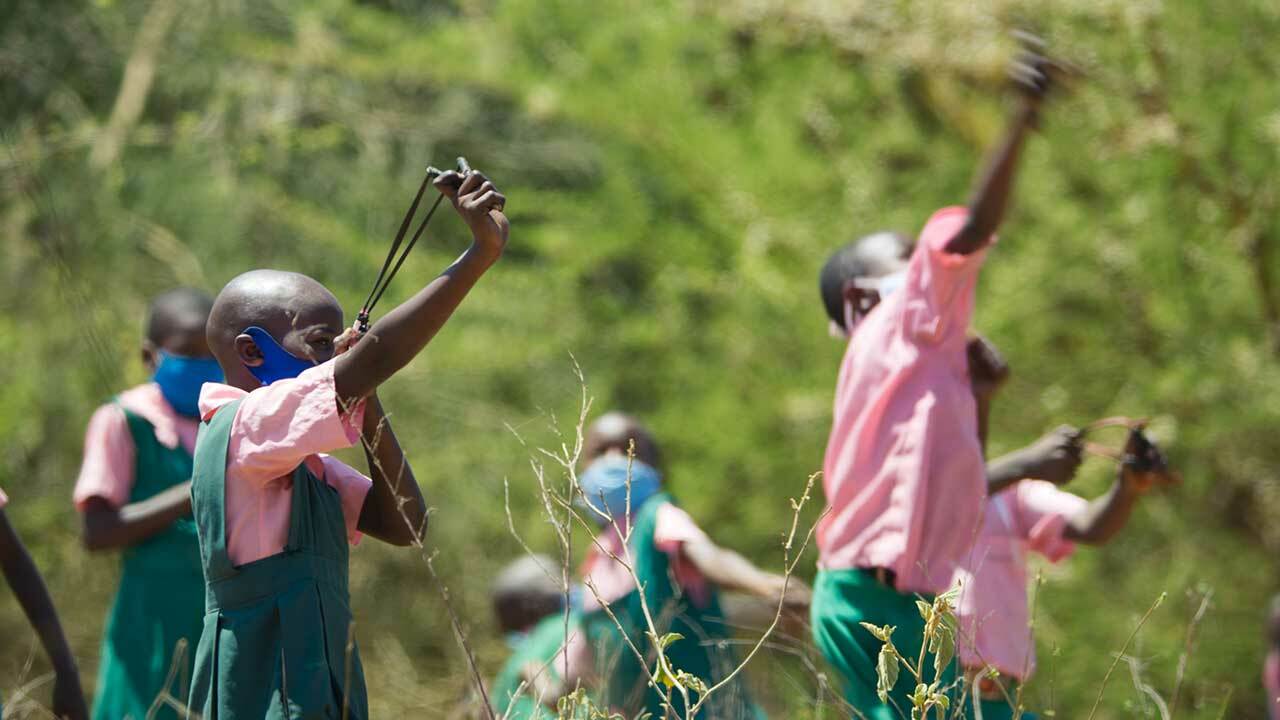
Deforestation in Kenya
Deforestation is the clear-cutting of trees in an area where forest once thrived. Deforestation can refer to the natural loss of trees, as well as the potential destruction of forests due to the practices of people. The main cause of deforestation is the conversion of forested land to other uses, such as farmland, pasture, urban development, or logging for timber. Deforestation has many negative consequences, including contributing to climate change, soil erosion, and the loss of biodiversity. Additionally, deforestation can have a negative impact on local communities that depend on forests for their livelihoods.
The consequences of deforestation are far-reaching and devastating. One of the most significant effects is climate change. Trees play a critical role in absorbing carbon dioxide from the atmosphere and releasing oxygen back into it. When forests are destroyed, this important process is disrupted, leading to an increase in atmospheric carbon dioxide levels. This leads to an increase in global temperatures and climate change.
Deforestation also causes habitat loss and a loss of biodiversity. When forests are destroyed, animals lose their homes and are forced into closer contact with humans, which can lead to conflict. Deforestation also puts many plant and animal species at risk of extinction. According to the World Wildlife Fund, an estimated 1,000 plant and animal species are currently on the brink of extinction due to deforestation.
In addition to its impacts on the environment, deforestation also has negative consequences for human health. For example, water shortages are often caused by deforestation. When trees are removed from an area, the soil is no longer held in place by their roots. This can lead to soil erosion and landslides. In addition, when trees are removed, the water that they help to regulate is no longer available. This can lead to droughts and water shortages. Deforestation can also have a negative impact on local communities that depend on forests for their livelihoods.
To see the impact of deforestation, we can look at Kenya where 6.1 percent of the country is made up of rainforest. This makes deforestation a major problem for the country, and its plant life and wildlife, as tropical rainforests are particularly vulnerable to deforestation. This is because tropical rainforests, such as those in Kenya, are home to so many diverse species of plants and animals. Kenya's rainforests are being lost at an alarming rate due to clear-cutting for timber and conversion to agricultural land. This loss of forest cover is having a devastating impact on the country's plant life and wildlife, as they lose their natural habitat and face extinction.
In an effort to combat plant and animal extinction, the Kenyan government has created a national forest Conservation and Management Strategy. This strategy includes plans to reduce deforestation rates by 50 percent by 2030. In order to achieve this goal, the Kenya Forest Service will work with local communities to promote sustainable land management practices. These include agroforestry, which is a type of agriculture that integrates trees into traditional farming landscapes.
Agroforestry can help improve soil fertility, increase crop yields, and provide families with fuelwood and other valuable forest products. They have also instituted a plan to plant 20 million trees to help restore as much of the natural habitat as possible. This will hopefully fend off the destructive effects of deforestation, and keep the ecosystem, and habitat that it provides, healthy.
Coral Reefs
Coral reefs are one of the most biodiverse ecosystems on Earth. Often called the rainforest of the sea, they provide a home for 25 percent of all marine life, including fish, turtles, sharks, rays, crabs, lobsters, echinoderms (like starfish and sea cucumbers), and many other animals. Coral reefs also protect coastlines from storms and waves. Interestingly, coral reefs are composed of calcium carbonate skeletons secreted by marine invertebrates called coral. Corals come in a variety of colors and shapes, but they are all related to a group of animals called cnidarians. Cnidarians also include jellyfish, anemones, and hydroids. Corals are found in warm, shallow waters around the world. They can live in both saltwater and brackish water, but they cannot survive in freshwater.
For all of the coral reefs’ importance, they are in danger. Probably the biggest threat is posed by climate change. Climate change is causing the water to warm and become more acidic. Fluctuating temperatures and increased sunlight stress the coral, leading to bleached and dead coral. Coral bleaching occurs when warm water temperatures cause corals to expel the symbiotic algae that live in their tissues. This causes the coral to turn white or pale, hence the name “bleaching.” While coral can survive a bleaching event, it is severely weakened and more susceptible to disease and death.
Bleaching events are becoming more frequent and intense due to climate change, which is a major threat to coral reefs around the world. Bleached and dead coral not only harm the reef itself, but also the creatures that rely on it for food and shelter. As the coral dies, the fish and other animals that depend on it will be forced to find new homes. This can lead to a decline in local biodiversity, as well as disruptions in the food chain.
Coral reefs are also being threatened by pollution and overfishing. Pollution from factories and cars can also damage coral reefs. Overfishing can destroy the delicate balance of the reef ecosystem. We can help save coral reefs by reducing our carbon footprint, eating sustainable seafood, and supporting conservation efforts. Coral reefs also play an important role in protecting coastlines from storms and waves. The coral reef absorbs some of the energy from the waves before they reach the shore. This helps to protect coastal communities from damage during storms.
With coral reefs being so important to the ecosystem and the biodiversity of the planet, it is imperative we humans take steps to protect and save them. One way to help protect coral reefs is to plant nursery-grown corals back onto reefs that have been damaged by humans. This process is known as "coral reef restoration." While these projects have been successful in restoring damaged reefs and bringing back fish and other marine life, they are expensive and time-consuming. As a result, they can only be used to restore a small portion of the world's coral reefs.
Conclusion
Climate change is a major threat to plant biodiversity, as well as biodiverse ecosystems such as rainforests and coral reefs. Untouched, climate change likely spells the extinction of many different plant species, as well as the destruction of the habitat of many other animals and plants. These disasters would not just be limited to plants and animals though. They would have immensely negative effects on humans and countries across the globe.
As such it is imperative that we step up and take actions to protect the environment, and the plants and ecosystems within it. Luckily, as we have seen, there are many steps that governments and scientists are already taking to do this. And it is not just big and powerful groups of experts who can make a difference. There are steps, such as rescuing one’s carbon footprint, that each individual can take to help the planet and its beautiful biodiversity. If we all take these steps, we can look forward to a future filled with healthy plants and ecosystems.
This article was researched and compiled by Sandler Digital in collaboration with PBS.

The PBS 'What to Watch' Weekly Newsletter
What to Watch delivers the best shows and content PBS has to offer each week.

